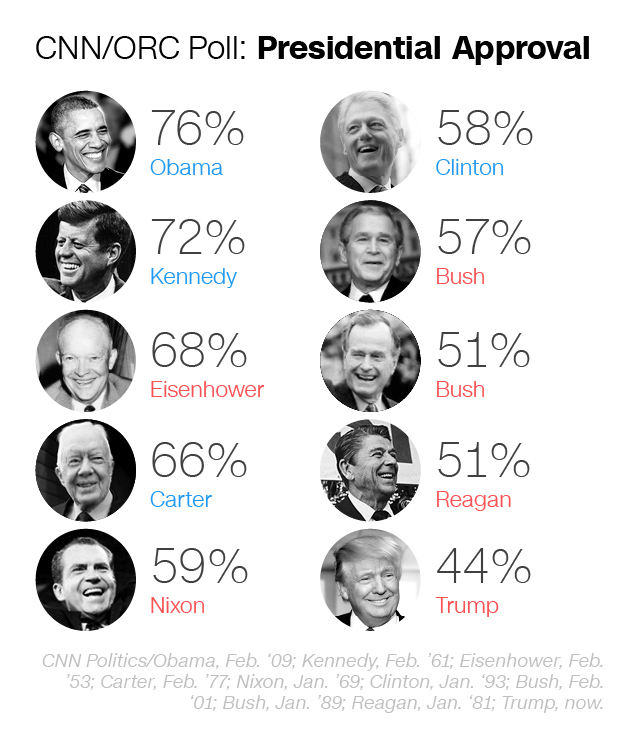JRP3
Hyperactive Member
Yet many of "you righties" thought Trump was worse than Clinton
78 Republican politicians, donors and officials who are supporting Hillary Clinton
Why conservative newspapers endorsed Hillary Clinton in droves
I know it's fun to pretend only extreme left liberals dislike Trump, but in reality that's far from the truth. I saw it first hand when my own uncle, a life long conservative Republican, said he voted for Clinton because Trump was such a disaster.
78 Republican politicians, donors and officials who are supporting Hillary Clinton
Why conservative newspapers endorsed Hillary Clinton in droves
I know it's fun to pretend only extreme left liberals dislike Trump, but in reality that's far from the truth. I saw it first hand when my own uncle, a life long conservative Republican, said he voted for Clinton because Trump was such a disaster.



